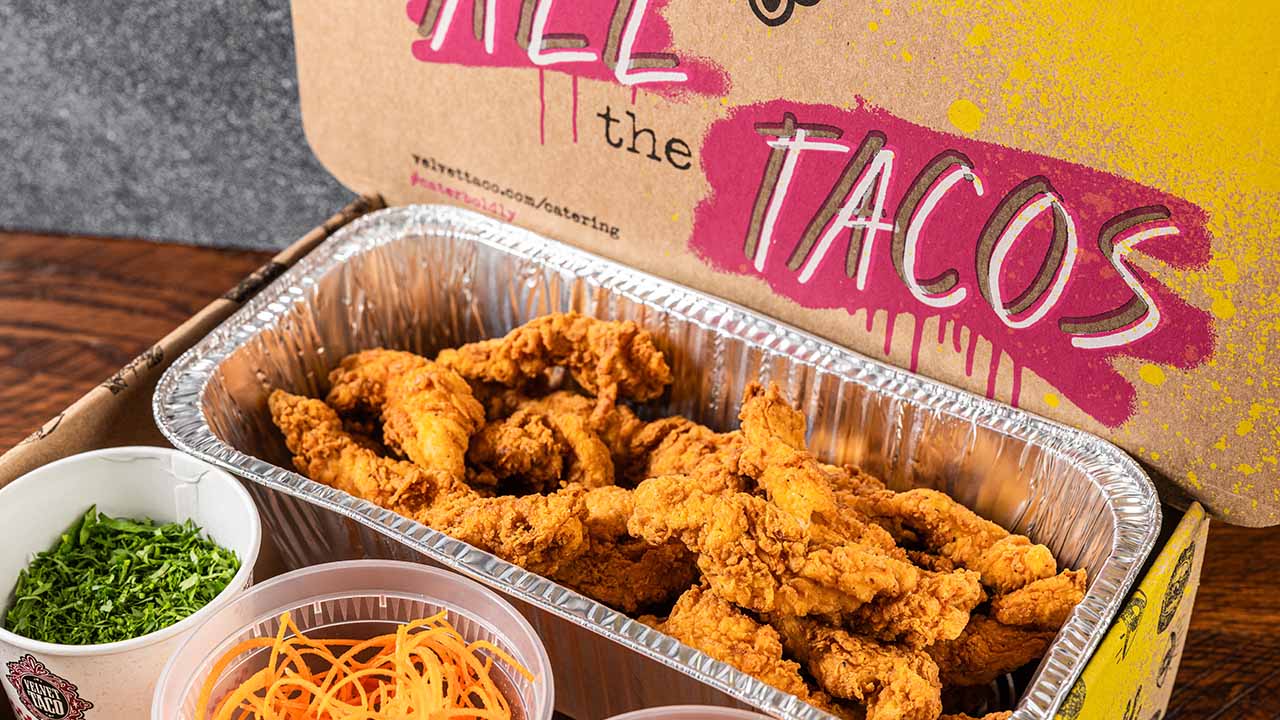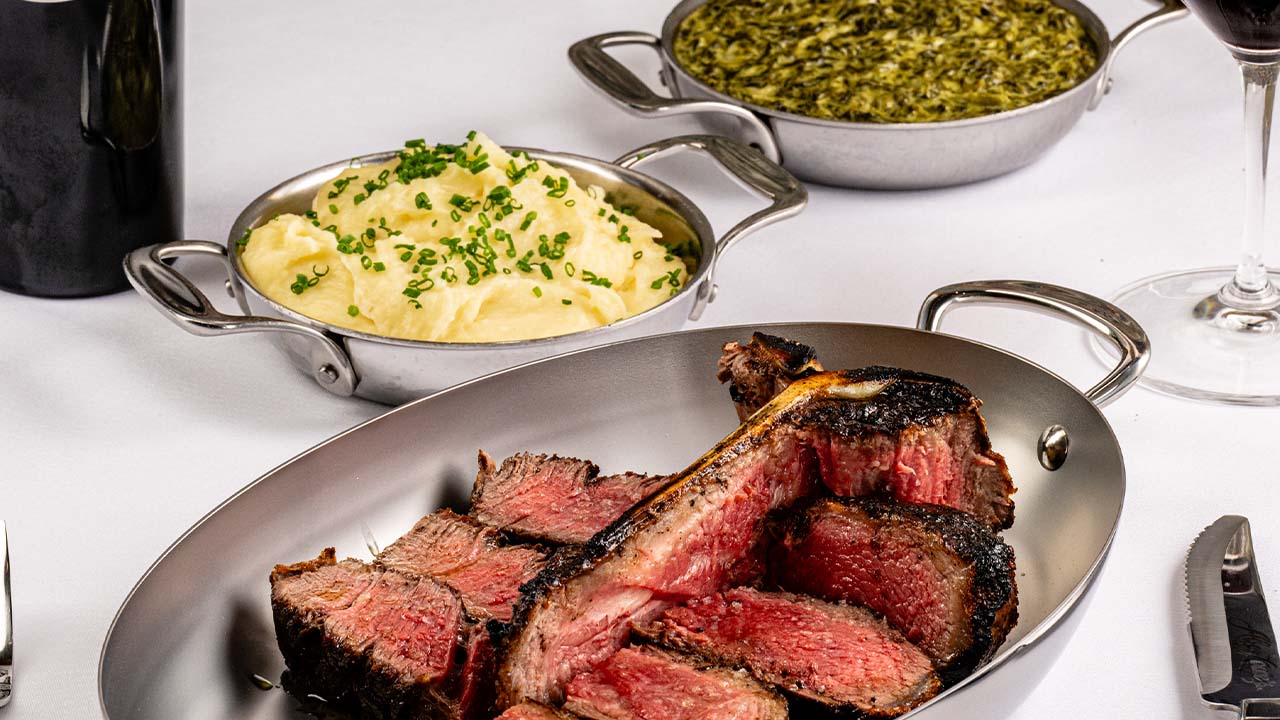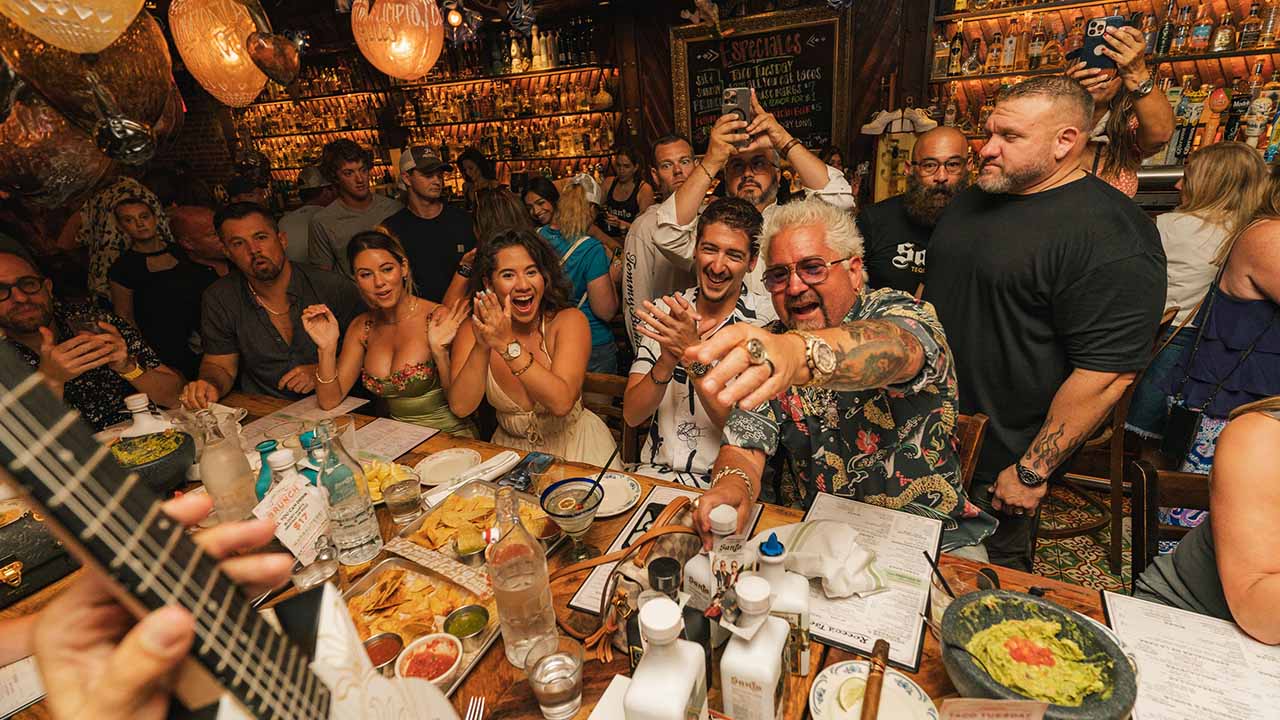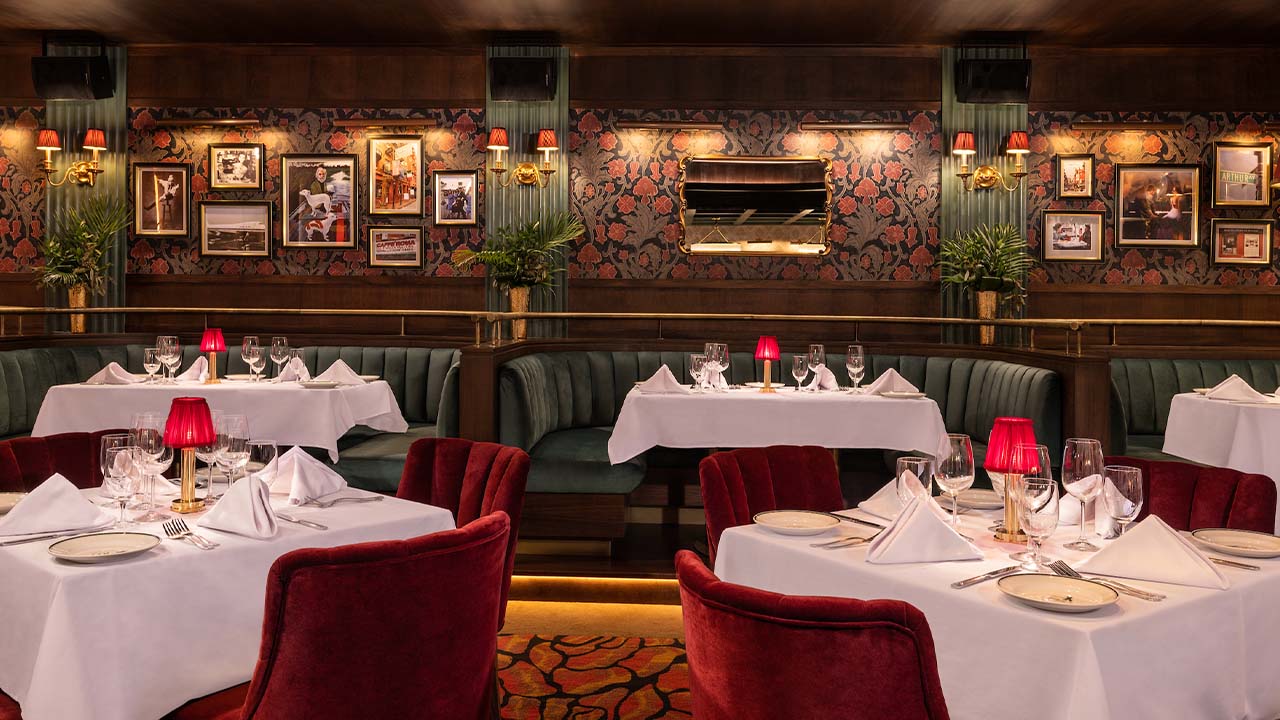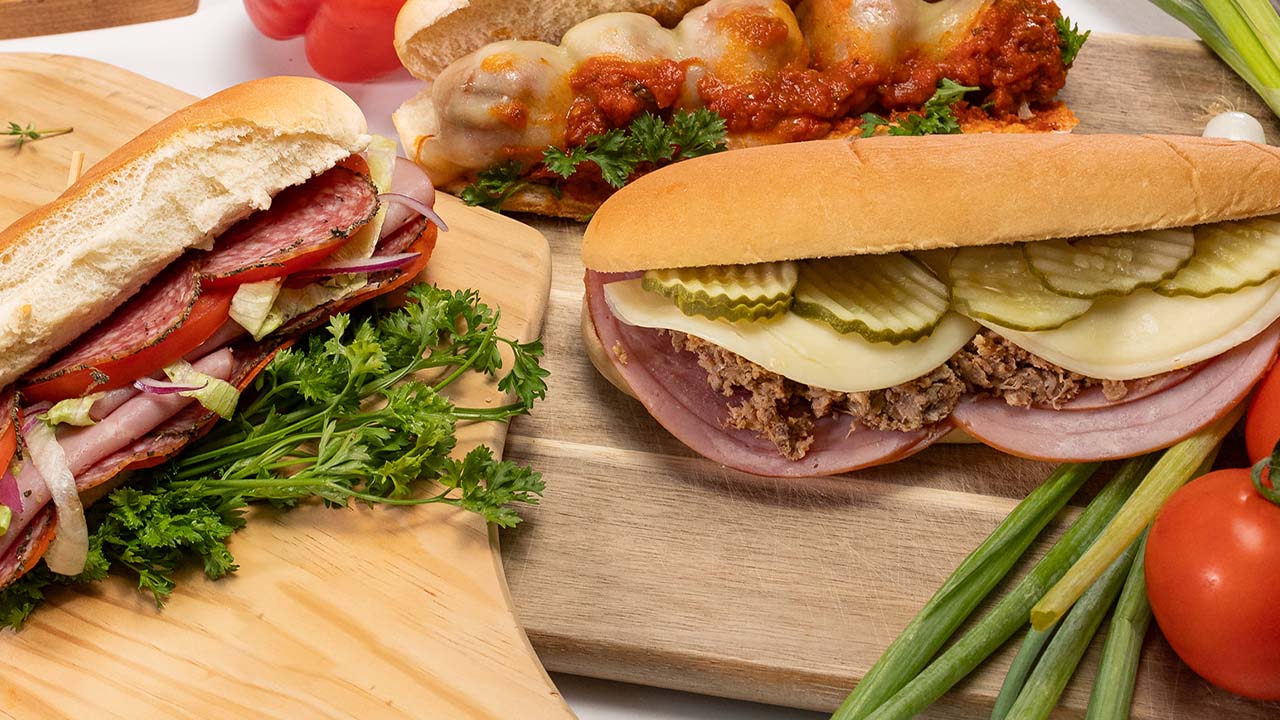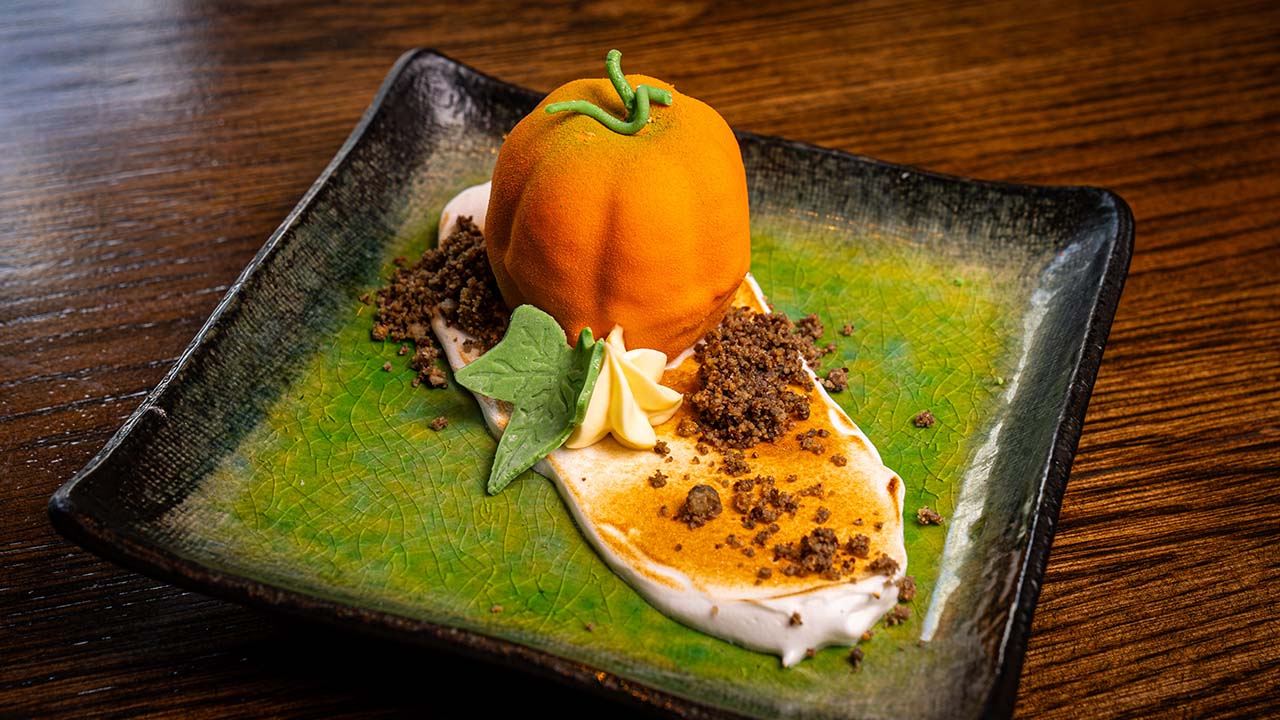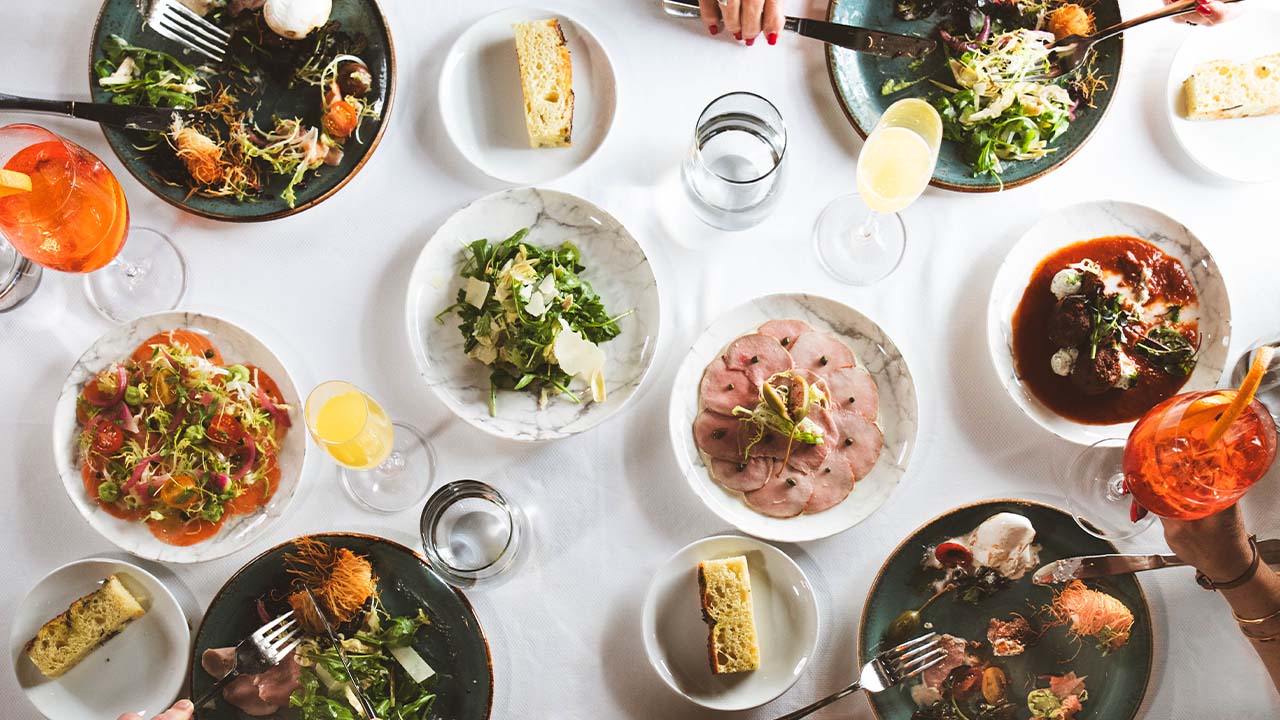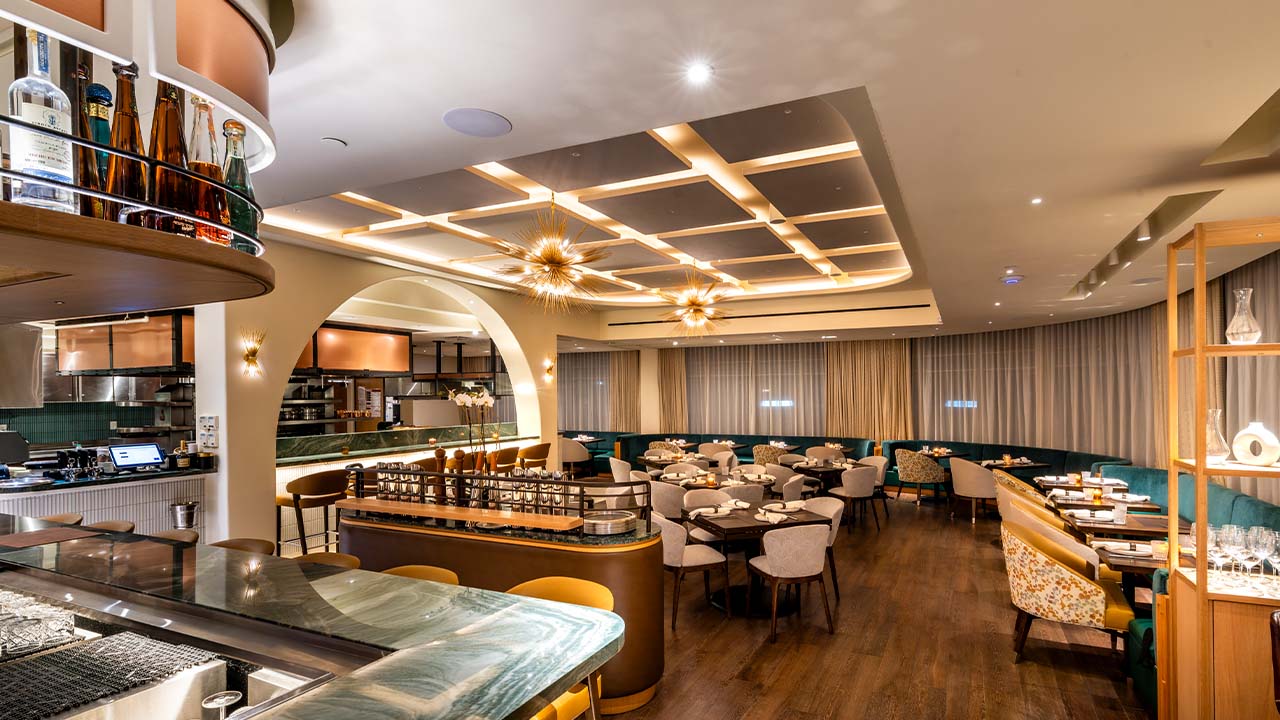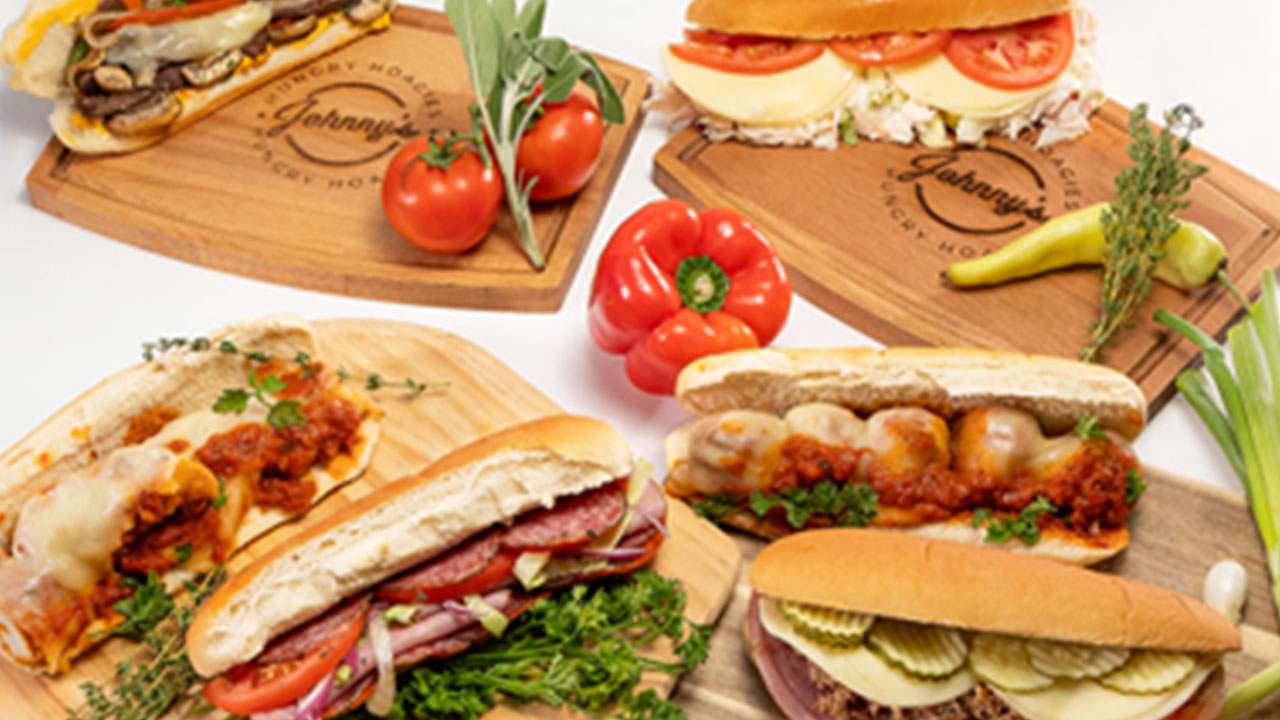
When it comes to pairing wine with food, the old rules can apply, yet it’s much more fun and flavorful to toss them out, says Emily Wines, master sommelier of Cooper’s Hawk Winery and Restaurants. The tried-and-true selections to which we’ve grown accustomed—hearty red with meat, light white with fish or fowl—is a simple equation, and one that Wines says still has merit. However, the better route to a delectable marriage of food and wine comes down to a matter of taste.
“The first rule of wine pairings is that there are no rules,” she says, adding: “Pick what you like.” She suggests that a good rule of thumb, though, is to view the dish before making a wine choice. Are the sauces voluminous or light? Are sides fresh and delicate, or grilled and earthy?
The vice president of wine and beverage experience for Cooper’s Hawk (and, yes, Wines really is her name) says holiday meals offer abundant opportunities to perfect your preferences.
Here are some examples that should spark ideas.
Big and Bold
A smoky steak, such as a grilled New York strip, easily can find a complement, but the true match isn’t so much about the meat itself, but its additional flavors, such as a blue cheese topping or a brush of barbecue sauce. “Something that gives the food a lot of intensity will bring out that same intensity in the wine,” Wines says. A powerful, deep, spicy and smoky red wine, such as a shiraz, will elevate those flavors. A deep, creamy rich dish, such as a pasta Alfredo, benefits from an equally buttery rich white chardonnay. Her suggestion here is to pair textures: rich to rich, bold to bold.
 Wines recommends: Cooper’s Hawk Australian Shiraz and Cooper’s Hawk Chardonnay
Wines recommends: Cooper’s Hawk Australian Shiraz and Cooper’s Hawk Chardonnay
In the Middle
The dishes that are the most fun to experiment with, Wines says, are meats and fish selections that fall somewhere between bold and mild. “Salmon, tuna, and turkey, chicken, pork and veal—they can swing in either direction,” she says. Wines suggests matching these flavors to equal notes in the wine. For instance, serving a lightly poached salmon over a bed of spring vegetables, all infused with lots of lemon, would call for a lighter wine, perhaps a sauvignon blanc that has notes of lemon/lime, green herbs and white flowers. Or, she says, take that same dish and turn it into a complete opposite. Grill the salmon, and serve it over lentils braised in red wine, with a touch of bacon and tarragon. Such savory flavors find their mate with a light red such as a pinot noir with its woodsy overtone and tart red fruit flavors. “See how you can skew your menu one way or the other?” she says.
Wines recommends: Cooper’s Hawk Sauvignon Blanc and Cooper’s Hawk Lux Pinot Noir.
Sweet and Salty
Opposites also can attract in pairings. The extreme sweetness of an ice wine served with a cheese and charcuterie plate is a juxtaposition that works beautifully. Why? “It’s much the same concept as how peanut butter goes really well with a jelly,” Wines says. To balance and contrast a salty ham covered in a glaze of honey and pineapple sweetness, a dry or slightly sweet white such as dry riesling can add balance. For desserts, the sommelier says wine should be just as sweet as, if not sweeter than, the food being consumed. She suggests a port-style wine with deep fruit aromas and rich finish to create a dessert pairing that is both decadent and delightful. “You can really manipulate the flavors of your wine and food by virtue of matching them against one another,” Wines says.
Wines recommends: Cooper’s Hawk Lux Ice Wine, Cooper’s Hawk Riesling and Cooper’s Hawk Nightjar, a port-style wine.
Cooper’s Hawk Winery and Restaurant is located at Promenade at Coconut Creek at 4473 Lyons Road. For more information, visit promenadeatcoconutcreek.com.



